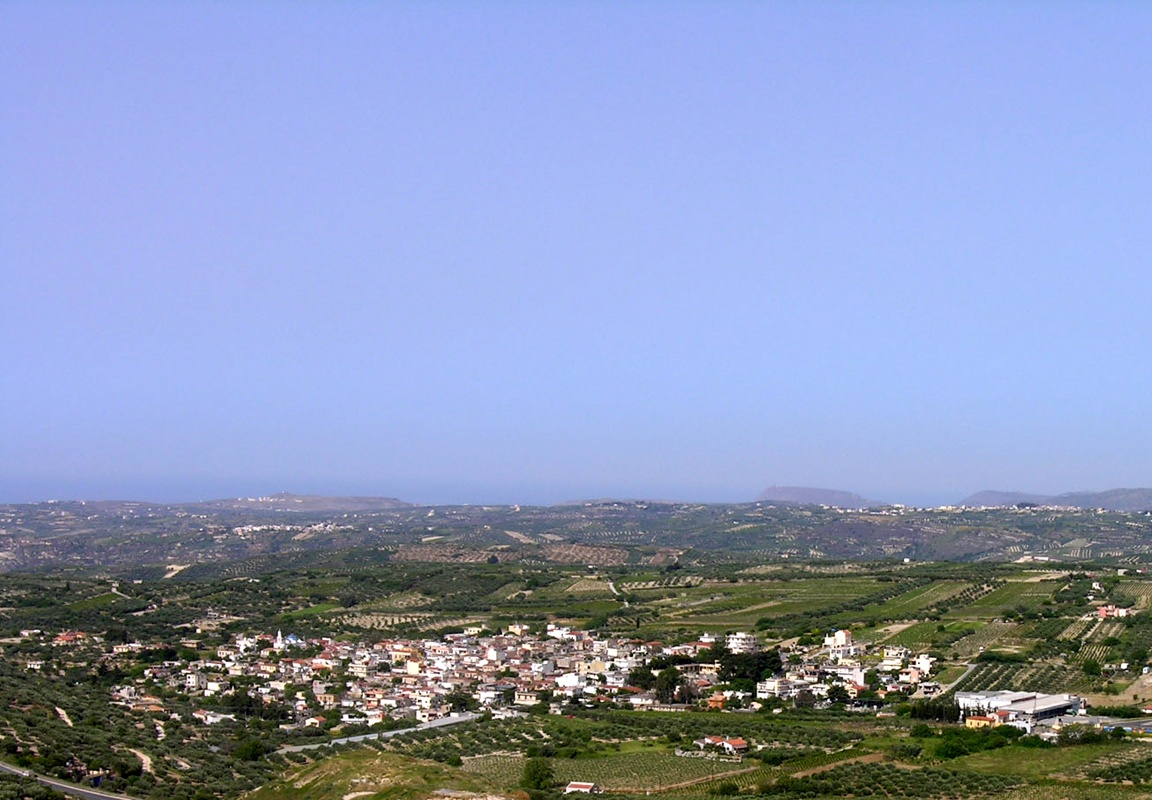
Kounavi is built in a valley on the northern side of the Municipality and it is one of the hamlets with the largest populations in the region.
The ancient city of Eltynia or Eltyna or Eltynaia covered the area where the villages of Kounavi, Katalagari, Peza and the hamlets of Zagouriani and Komes are located today. Eltynia was a city-state with its own laws, strict socio-political organisation and an aristocratic system of governance. The noteworthy finds sporadically discovered confirm the ancient city’s position; they include inscriptions, a beautiful epitaph stele depicting a young woman, and architectural remains from the Archaic Period (7th-6th century B.C.) at the Ellinika location. The Geometric cemetery (11th-18th century B.C.) is of particular importance, and part of it has been excavated at Vathiades, while in the same area Roman tombs (2nd century A.D.) have also come to light. Votive relief tiles from the Hellenistic Period (4th-1st century B.C.) have also been unearthed at Skenteri. On the same site there are also the foundations of some buildings as well as a ceramic kiln. Roman buildings have been excavated near the Zagouriana hamlet in the Ellinika location.
Viticulture in the Kounavi area dates back to the 13th century. The wine-presses and stomping vats preserved in Kounavi, judging from their architectural form and ceramic finds must have been constructed in the 15th-16th century. They provide their own testimony to the history of wine in the region. They can be seen at Agios Nikolaos, where a church to St. Constantine stands, and at the Skepasta patitiria, Korakia and Symianou Lakos locations, where domed wine-presses are preserved.
Just 300m from the main hamlet, hidden in the vineyards, stands the church of Agios Panteleimon [St. Panteleimon], whose feast is celebrated at a great festival on 27 July.
Make sure you discover the Venetian-Ottoman quarters known as ‘Soulahi Camara’ (the Arch of Soulahis)



